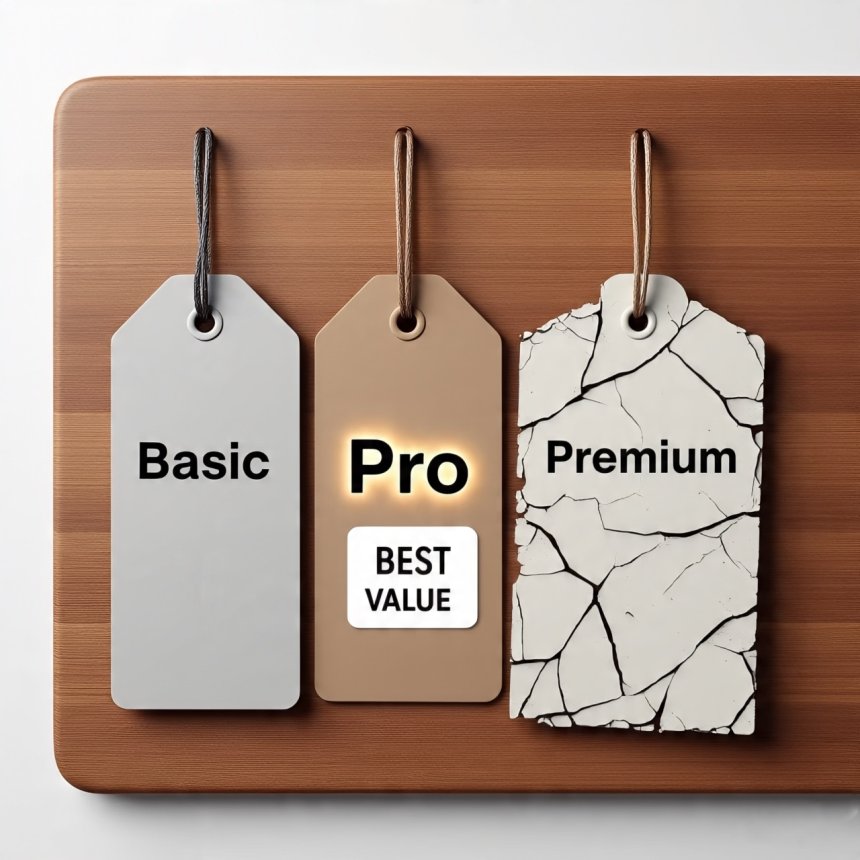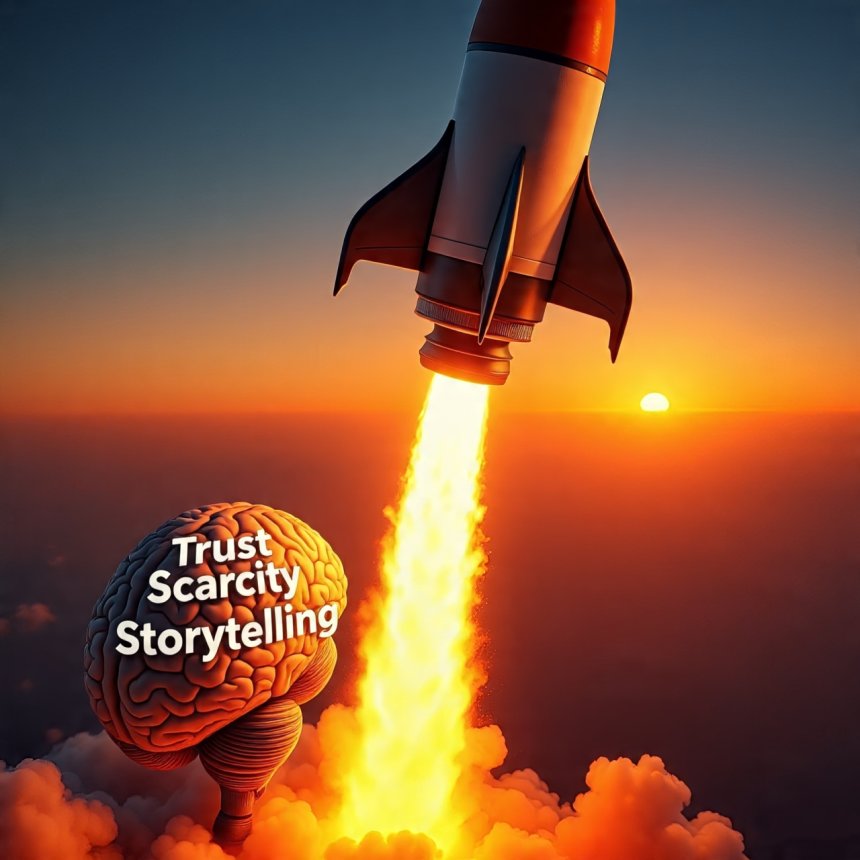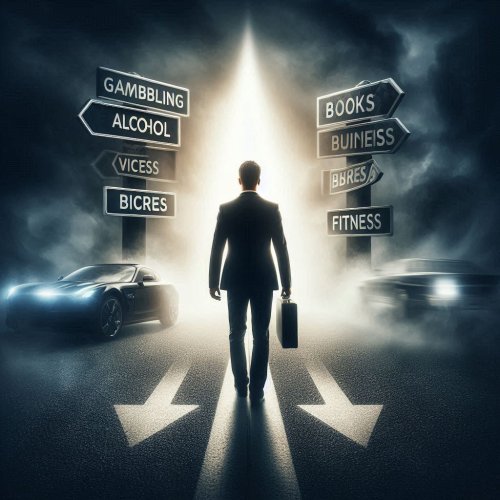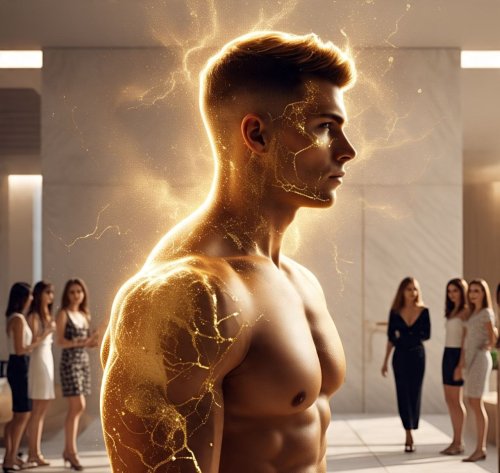The Psychology Behind High-Converting Content (Expert Tips)
Discover the psychology behind high-converting content with expert tips! Learn how to trigger emotions, build trust, and boost engagement for unstoppable conversions.
"Your Content Isn’t Failing—You’re Just Ignoring the Human Brain’s Secret Triggers"
Ever wondered why some content goes viral while yours barely gets a glance? The difference isn’t luck—it’s psychology.
High-converting content isn’t about fancy words or aggressive sales pitches. It’s about understanding how the human brain processes information, makes decisions, and takes action.
In this deep dive, you’ll learn:
✔ The 7 psychological triggers that make content irresistible
✔ How to use cognitive biases to boost engagement
✔ Why emotions (not logic) drive most conversions
✔ Expert-backed techniques to make your content 10x more persuasive
Let’s unlock the secrets of the mind—and turn your content into a conversion machine.
Why Psychology is the Hidden Force Behind High-Converting Content
Before we dive into tactics, let’s understand why psychology matters in content marketing.
The Brain Processes Content in Milliseconds
Studies show that users decide within 0.05 seconds whether your content is worth their time. If it doesn’t instantly resonate, they bounce.
Emotions Drive Decisions (Not Logic)
Harvard Business Review found that **95% of purchasing decisions are subconscious**, driven by emotions like fear, joy, or curiosity.
Trust is the #1 Conversion Factor
Edelman’s Trust Barometer reveals that 81% of consumers must trust a brand before buying. Your content must build credibility fast.
Now, let’s break down the psychological frameworks that make content convert.
1. The Power of Storytelling (Why Our Brains Crave Narratives)

Psychological Principle: The brain is wired to remember stories 22x more than facts (Stanford study).
How to Use It:
- Start with a relatable problem (creates tension).
- Introduce a hero (your reader) overcoming it.
- Use vivid details to activate sensory brain regions.
Example:
❌ "Our software increases productivity by 30%."
✅ "Sarah was drowning in deadlines—until she discovered a simple trick that saved her 10 hours a week."
2. The Scarcity & Urgency Effect (Why FOMO Works)

Psychological Principle: People fear missing out (FOMO). Scarcity triggers the amygdala, the brain’s panic button.
How to Use It:
- Limited-time offers ("Only 3 spots left!")
- Exclusive access ("For our first 100 subscribers only")
- Countdown timers (Activates urgency)
Pro Tip: Airbnb uses this brilliantly with "Only 1 room left at this price!"
3. Social Proof: The Bandwagon Effect (Why We Follow the Crowd)

Psychological Principle: 91% of people trust online reviews as much as friends (Nielsen).
How to Use It:
- Testimonials (With real faces & names)
- Case studies ("How [Brand] increased sales by 200%")
- User-generated content (Encourage reviews)
Example:
❌ "Our product is great!"
✅ "Join 50,000 marketers who trust our method."
4. The Halo Effect (How First Impressions Dictate Trust)

Psychological Principle: People judge credibility within 50 milliseconds of seeing your content.
How to Use It:
- Professional design (Clean, readable fonts)
- Authoritative tone (Confident but not pushy)
- Credibility badges ("Featured in Forbes")
Pro Tip: Use stats & expert quotes to boost authority.
5. The Curiosity Gap (Why Clickbait Works—When Done Right)

Psychological Principle: Our brains hate unresolved questions.
How to Use It:
- Open loops ("The one mistake 90% of bloggers make…")
- Mystery headlines ("What the top 1% know that you don’t")
Example:
❌ "How to lose weight"
✅ "The weird trick that helped me lose 20lbs without dieting"
6. The Pain-Pleasure Principle (Avoiding Pain is a Stronger Motivator Than Gaining Pleasure)
Psychological Principle: Neuroscientists found that loss aversion is 2x more powerful than potential gain.
How to Use It:
- Highlight problems before solutions ("Struggling with low traffic? Here’s why…")
- Use negative framing carefully ("Don’t miss out" > "You’ll regret not trying")
Example:
❌ "Get more leads with our tool."
✅ "Stop losing $1,000s in missed leads every month."
7. The Decoy Effect (How to Make Your Offer Irresistible)

Psychological Principle: Adding a third (less attractive) option makes the preferred choice seem better.
How to Use It:
| Plan | Price | Features |
| Basic | $10 | Limited |
|
Pro (Best Value) |
$25 | Everything |
| Premium |
$50 |
(Overpriced) |
Result: Most people choose Pro because it seems like the smartest deal.
Final Expert Tips to Apply Today
✅ Use power words ("Proven," "Instant," "Guaranteed")
✅ Break content into bite-sized chunks (Easier brain processing)
✅ End with a clear CTA ("Download now," "Join today")
Conclusion: Master the Mind, Master Conversions

High-converting content isn’t about manipulation—it’s about alignment with human psychology.
By leveraging storytelling, scarcity, social proof, and cognitive biases, you can craft content that doesn’t just get seen—it gets results.
Now, go apply these brain hacks—and watch your conversions soar.
Share
What's Your Reaction?
 Like
0
Like
0
 Dislike
0
Dislike
0
 Love
0
Love
0
 Funny
0
Funny
0
 Angry
0
Angry
0
 Sad
0
Sad
0
 Wow
0
Wow
0














